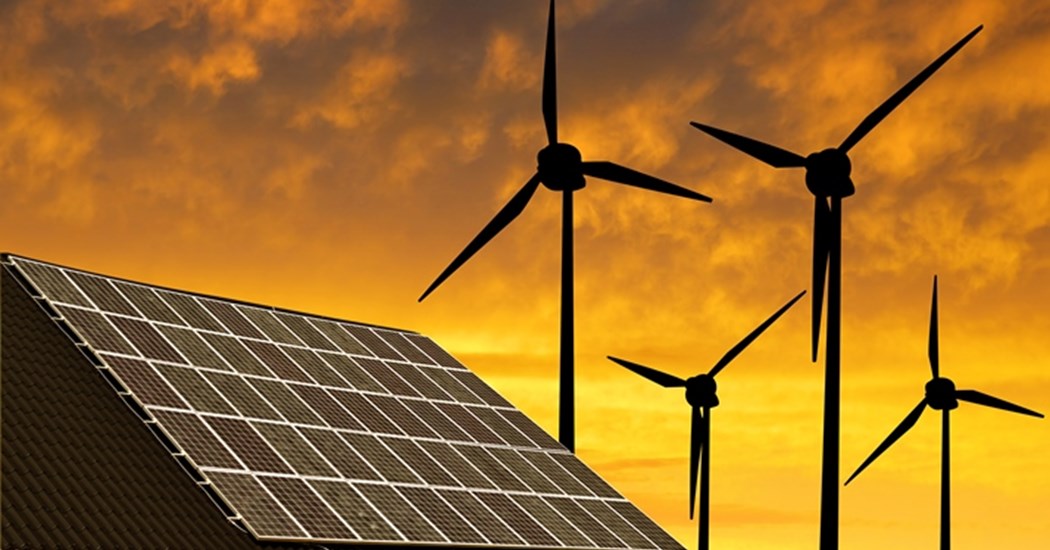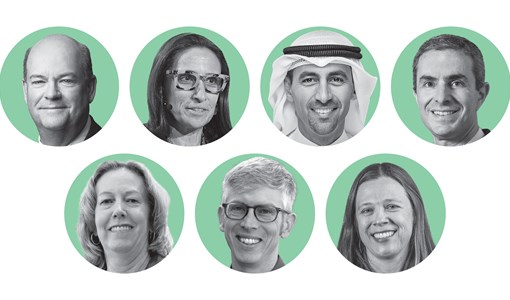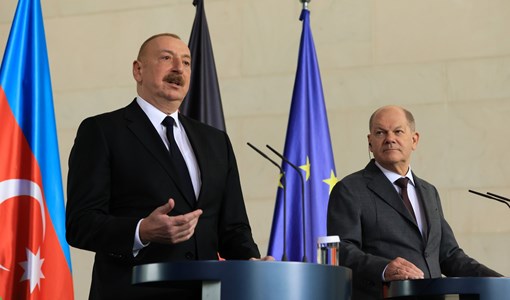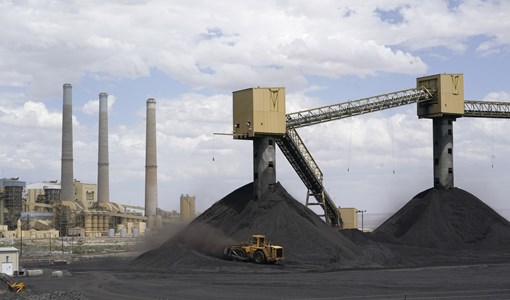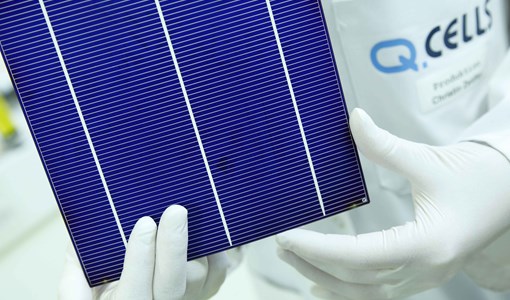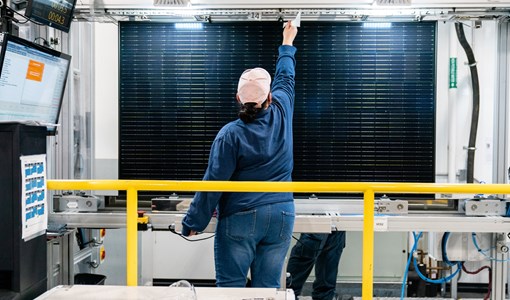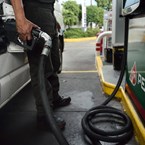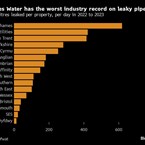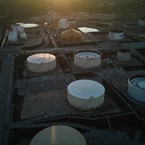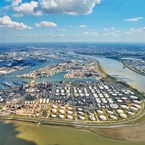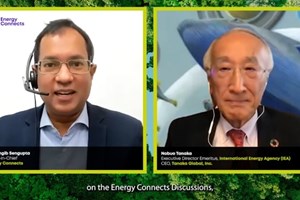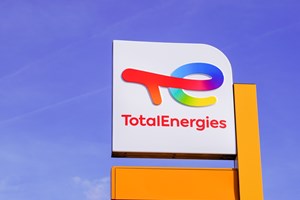Renewables power capacity additions hit new benchmark in 2023 but not all feel the benefit
Last year witnessed a new record as renewables deployment accounted for 86% of additions to the global power sector to reach a total capacity of 3 870 gigawatts. However, other findings of the Renewable Capacity Statistics 2024 - released by the International Renewable Energy Agency (IRENA) on Wednesday - revealed renewables growth was unevenly distributed across the world.
There was 473GW of renewables expansion, but inequitable progress indicates a trend far from the target of tripling renewable power by 2030.
Growth of renewables expansion was again led by Asia with a 69% share (326 GW); in turn driven by China, where capacity increased by 63%, reaching 297.6 GW.
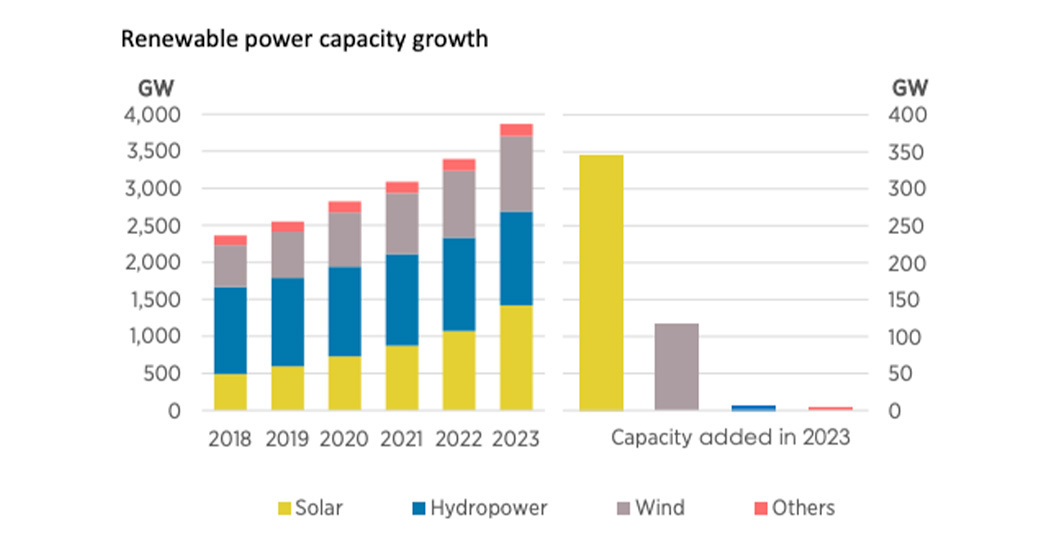
The numbers reflect a glaring gap with other regions, with a large majority of developing countries left behind despite huge economic and development needs.
Africa has seen some growth, the report said, but the continent paled in comparison with an increase of 4.6% towards total capacity of 62GW.
IRENA Director-General, Francesco La Camera, said the “extraordinary surge” in renewable generation capacity showed renewables as “the only technology available to rapidly scale up energy transition aligned with the goals of the Paris Agreement”.
“Nevertheless, the data also serves as a telltale sign that progress is not moving fast enough to add the required 7.2TW of renewable power within the next seven years, in accordance with IRENA’s World Energy Transitions Outlook 1.5°C Scenario.”
A shift is required
La Camera continued: “Policy interventions and a global course-correction are urgently needed to effectively overcome structural barriers and create local value in emerging market and developing economies, many of which are still left behind in this progress.
“The patterns of concentration in both geography and technology threaten to intensify the decarbonisation divide, and pose a significant risk to achieving the tripling target.”
Regional growth
Solar and wind’s increasing competitiveness against coal and gas power generation became the key driver of China’s renewable power development.
And in the EU, enhanced policy focus and heightened energy security concerns have become the main catalysts for rapid growth, beside the rising cost-competitiveness of renewables against fossil fuel alternatives.
The Middle East (16.6%) and Oceania (9.4%) also delivered significant increases. G7 countries, as a group, increased by 7.6%, adding 69.4GW last year.
G20 nations, meanwhile, increased capacity by 15.0%, reaching 3084GW by 2023; for the world to reach over 11TW for the tripling target, however, requires G20 members alone to hit 9.4TW renewable power capacity by 2030.
KEEPING THE ENERGY INDUSTRY CONNECTED
Subscribe to our newsletter and get the best of Energy Connects directly to your inbox each week.
By subscribing, you agree to the processing of your personal data by dmg events as described in the Privacy Policy.
More renewables news
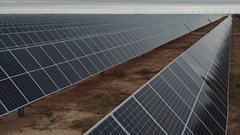
Enel Forced to Raise Coupons on $11 Billion of ESG Bonds
Apr 23, 2024
SunPower Slides After Disclosing Plans to Restate Earnings
Apr 23, 2024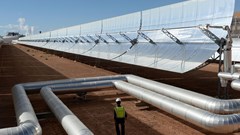
AFC Joins $20 Billion Morocco-to-UK Subsea Power Export Project
Apr 22, 2024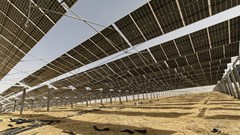
China’s Rapid Solar Growth Slows as Grid Seeks to Keep Pace
Apr 22, 2024
Europe Is Being Scorched and Flooded by Growing Climate Extremes
Apr 22, 2024
Biden Unveils Winners of $2 Billion in Green Tax Credits
Apr 19, 2024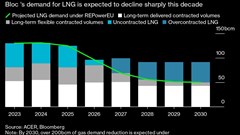
Europe’s Demand for LNG Set to Peak in 2024 as Crisis Fades
Apr 19, 2024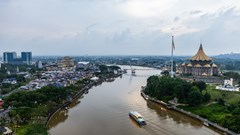
Clean Hydrogen’s Best Bet May Be a Rainforest State in Borneo
Apr 18, 2024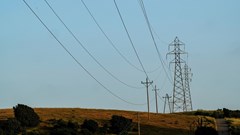
PG&E, Edison, California Apply for $2 Billion US Grid Grant
Apr 18, 2024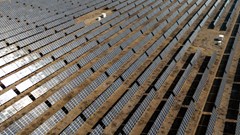
China’s Solar Surge Is Making a Missing Power Data Problem Worse
Apr 18, 2024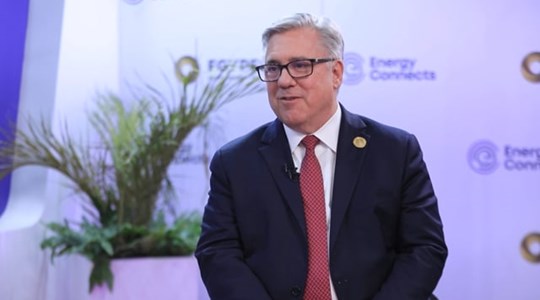
Chevron helping drive Egypt’s journey to become Africa’s energy powerhouse
Mar 11, 2024
Energy Workforce helps bridge the gender gap in the industry
Mar 08, 2024
EGYPES Climatech champion on a mission to combat climate change
Mar 04, 2024
Fertiglobe’s sustainability journey
Feb 29, 2024
P&O Maritime Logistics pushing for greater decarbonisation
Feb 27, 2024
India’s energy sector presents lucrative opportunities for global companies
Jan 31, 2024
Oil India charts the course to ambitious energy growth
Jan 25, 2024
Maritime sector is stepping up to the challenges of decarbonisation
Jan 08, 2024
COP28: turning transition challenges into clean energy opportunities
Dec 08, 2023
Why 2030 is a pivotal year in the race to net zero
Oct 26, 2023Partner content

Ebara Elliott Energy offers a range of products for a sustainable energy economy

Essar outlines how its CBM contribution is bolstering for India’s energy landscape

Positioning petrochemicals market in the emerging circular economy

Navigating markets and creating significant regional opportunities with Spectrum


